Ash Gourd Seeds How to Grow Ash Gourd from Seeds: Step-by-Step Instructions
Ash gourd, which can also be termed as winter melon, wax gourd, or white gourd, is an especially nutritious and versatile vegetable commonly found in Asian dishes as well as a traditional form of medicine. In fact, ash gourd plant cultivation is richly rewarding when grown directly from seed. Given below is a step-by-step guide for its cultivation:
| Number of seeds | 10 |
|---|---|
| Sowing month | Feb to Nov |
| Harvest | 45 to 75 days |
| Sun | Full Sun |
| Sowing Temperature | Day time above 28C |

1. Ash Gourd Seeds selection
Select fresh, mature seeds from a reputable supplier. Choose varieties that are suitable for your climate. seeds have a hard seed coat, so using fresh seeds or soaking them before sowing will improve germination.
2. When to Plant
It prefers warm weather, so spring and summer are the best seasons for planting. The ideal temperature for germination is between 25°C to 30°C (77°F to 86°F). Make sure there is no risk of frost before planting.
3. Soil Preparation
Select a location that receives full sun. Lovage herb grows in the same weather
The soil should be well-drained and rich in organic matter. A pH level between 6.5 and 7.5 is ideal.
Mix compost or well-rotted manure into the soil to provide essential nutrients.
4. Ash Gourd Seeds Preparation and Planting
Also Soaking the Seeds:
Soak the seeds in warm water for 12 to 24 hours. This softens the hard seed coat, making germination quicker.
Direct Sowing:
Sow seeds 1 to 2 inches (2.5 to 5 cm) deep in the prepared soil.
Plant them about 3 to 4 feet apart, as ash gourds are vigorous growers that need a lot of space.
Water well after sowing.
Start seeds in pots or trays and transplant the seedlings once they have at least two sets of true leaves.
5. Ash Gourd Seeds Watering and Care
Watering: Maintain moist soil but avoid waterlogging. Increase watering when dry and reduce during cooler months.
Mulching: Mulch the plants to hold moisture in the soil and to suppress weeds.
Support: Support the vines by providing a firm trellis or support for the vines to climb on. It helps prevent fruit rot and makes the best use of space.
6. Ash Gourd Fertilization
They are heavy feeder. Give balanced organic fertilizer or compost during the growing season. Fertilize every two to three weeks to promote good growth and fruiting. Radish pink good companion
7. Pest and Disease Management
But Ash Gourd Seeds Common Pests: Watch for aphids, whiteflies, and beetles. Use neem oil or organic insecticides then control infestations.
Diseases: Powdery mildew and root rot can affect ash gourd plants. Ensure good air circulation and well-drained soil to prevent these issues.
8. Flowering and Pollination
Plants produce both male and female flowers. Pollination is essential for fruit development. Encourage pollinators like bees or hand-pollinate if necessary.
9. Ash Gourd Seeds Harvesting
Ash gourds are ready to be harvested 90 to 120 days after planting when the skin of the fruit turns waxy and firm.
Hence Use a sharp knife to cut the fruit, leaving a short stem attached for a longer shelf life.
10. Storage and Use
Lastly They can be stored for several months in a cool, dry place. They are used in soups, curries, beverages, and traditional desserts also.
| Color | Green |
|---|---|
| Germination Level | Easy |
| Growth Pattern | Trailing, Vine |
| Hybrid or Open Pollinated | Op |
| Ideal location | Full sun |
| Origin Country | India |
Be the first to review “Ash Gourd Seeds Pack of 10 seeds” Cancel reply
You must be logged in to post a review.



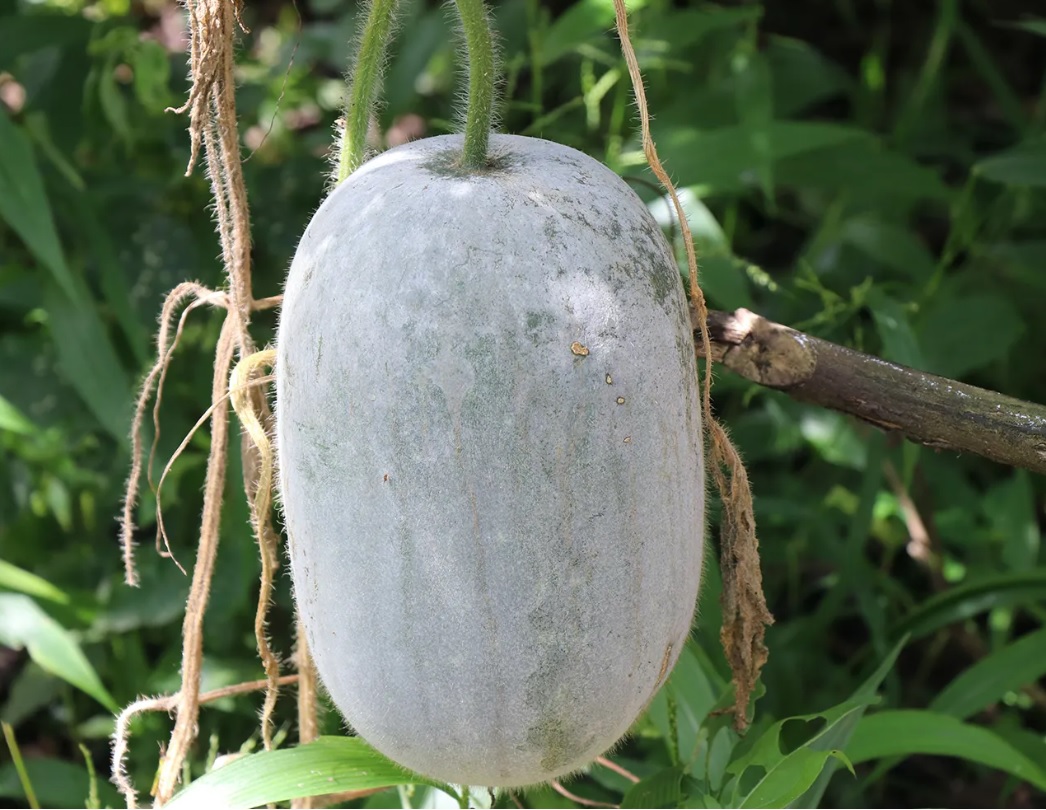
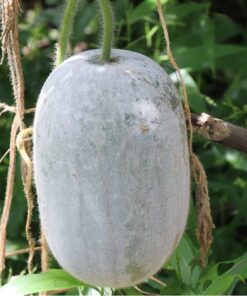
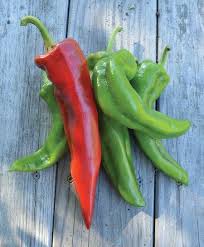
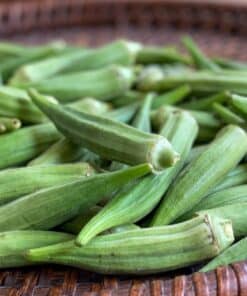
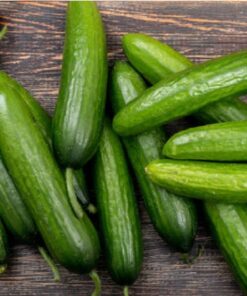
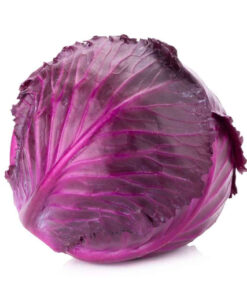
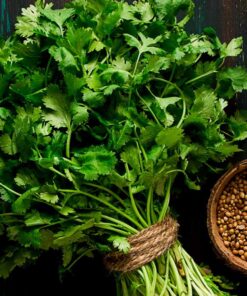
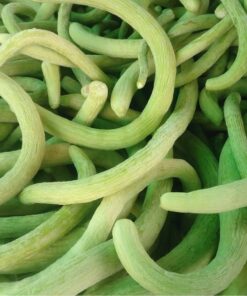

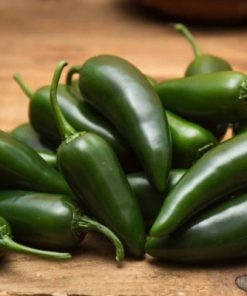
Reviews
There are no reviews yet.